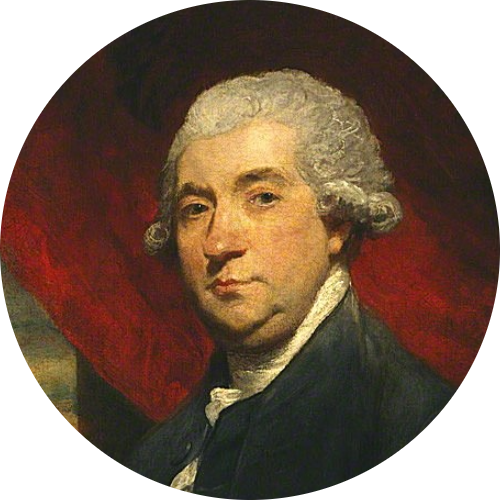Russell Street, London
Russell Street was built in the 1630s, named after the Russells, Earls and Dukes of Bedford, and it soon became popular due to it's vicinity to Drury Lane, the Covent Garden piazza and later the Theatre Royal at Covent Garden built in 1732.
In 1763 Mortimer's Universal Director of Trades listed nine residents in the street: an engraver, a music-master, a printer, a clockmaker, a distiller, a metal-button maker, two apothecaries and a grocer. On the street was also Tom's (at No. 17) and the Turk's Head (at or near No. 20), both popular coffee houses. The latter should not be confused with the Turk's Head at Gerrard Street, the regular meeting place of the literary club.
It was in No. 8, in Thomas Davies bookshop, that Boswell and Johnson met for the first time on May 16, 1763. Thomas Davies had lived there since 1760 and would continue to do so until his death in 1785.
The very building that was in the 1760s the site of Thomas Davies old bookshop at no. 8 is today home to Balthazar Boulangerie, a trendy patisserie serving cakes, sweets and sandwiches all day (http://balthazarlondon.com/boulangerie/), which should not be confused with it's "mother" the Balthazar Restaurant on the actual corner of Russell Street and Covent Garden. On the street is also the Fortune Theatre (built 1924 on the site of the old Albion Tavern). On the corner of Russell Street and Catherine Street is also the third reincarnation of the Theatre Royal, Drury Lane.
Boswell knew Thomas Davies since 1760, and visited his bookshop occasionally during his stay in London 1762-63. It was here that he met Robert Dodsley, Oliver Goldsmith and Samuel Johnson for the first time.
